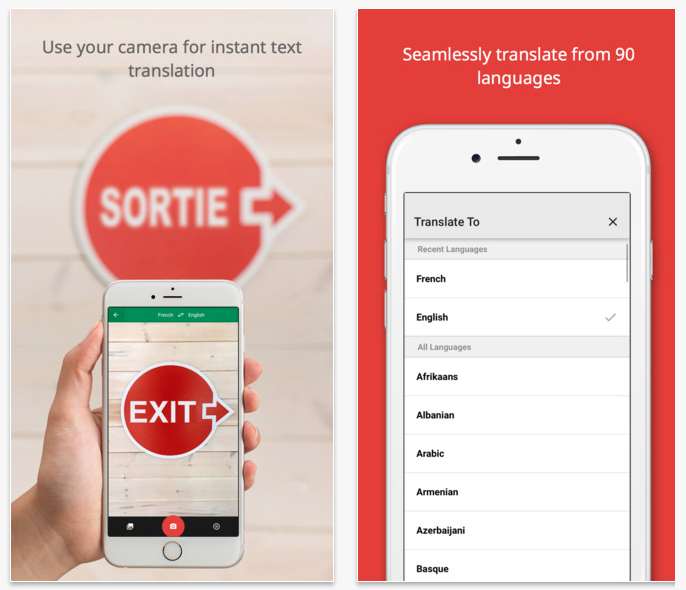Thinking about language specifically, it’s the most fundamentally challenging wall built between cultures, people, places, and ideas. Messages cannot resonate with audiences if you can’t understand your audience and they can’t understand you. Take for example, these 20 epic translation fails in global advertising. Thankfully, machine translation continues to get better.
Machine translation – using a computer program to quickly translate one language into another – is a notoriously tricky thing to accomplish. Language has all sorts of nuances, quirks, and inconsistencies that are difficult for a machine to parse. Translation software seemed for many years to be a nearly unachievable goal. Yet global events and business create a need for quality, real-time translation, and live interpreters are not always logistically or financially possible.
What technologies are available to cross that communication barrier and let you talk to the people you need to talk to without an epic translation fail?
For Businesses:
SYSTRAN provides translation technology for mobile online, desktop, and more. The technology is a hybrid of rule-based machine translation (based on built-in language rules) and statistical machine translation (based on statistical analysis of large amounts of text). This way, SYSTRAN can get the benefits of both methods and create a more reliable and fluent translation.

SDL’s translation program XMT is tailored to translating difficult language pairs such as English and Asian languages, as well as dealing with informal language (ie abbreviations people use online). The technology constantly adapts to user feedback and “learns” how to translate in a more accurate, nuanced, and personalized way.

Lionbridge offers real-time machine translation software for a variety of situations including online chat, blogs, and social media. Lionbridge says its translation software is set apart by its attention to slang, jargon, and brand-consistent language.

For Individuals:
Skype Translator is currently available only in preview, but it promises to make real-time machine translation by video chat accessible to a much larger audience. According to a New York Times article by Quentin Hardy, the technology, like most machine translation, is far from perfect. Still, it is very functional, constantly improving, and allows people speaking different languages to have effective conversations.

Google Translate is available as an app and supports two-way automatic speech translation of forty languages, as well as text translation. This is also the app you’ve heard about that allows you to hold your phone camera up to a sign in a foreign language and immediately see the translation in English

iTranslate is another app favored by travellers to translate words and phrases fast. It boasts the title of the most popular translator in the app store and supports both text and speech.

The world is a big place, but translation technology can help make it a little smaller.
While perfect automated translation is still elusive, we’ve made huge strides in accurate machine translation. Using technology to effectively communicate with someone who speaks a different language is no longer in the realm of science fiction. Convenient and fast translation can vastly improve global events, international business, and interaction across cultural barriers.
With translation, you can get your message across to anyone who needs to hear it, regardless of language. And that frees you up to let your actions, ideas, and innovation speak.